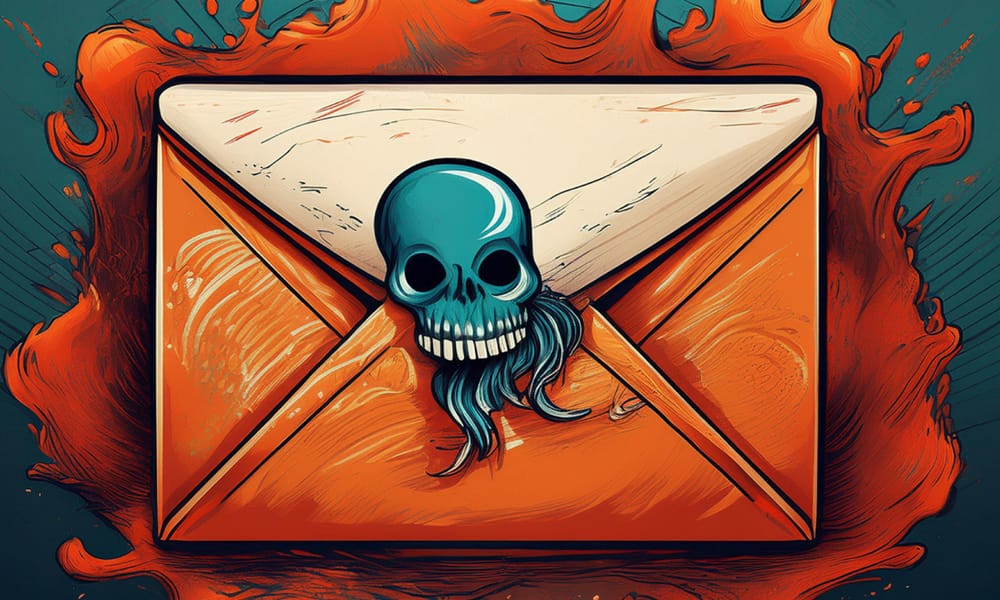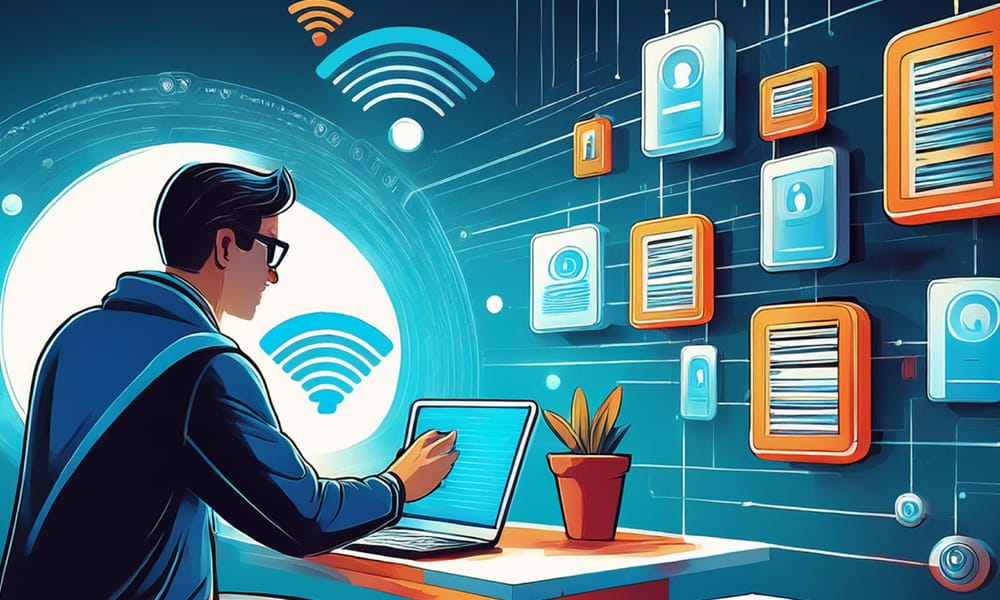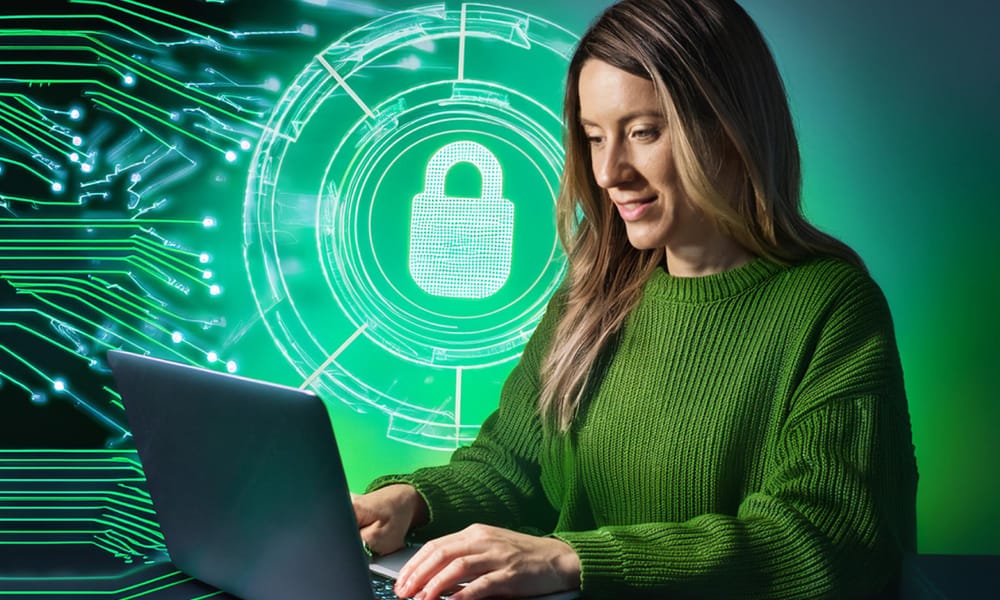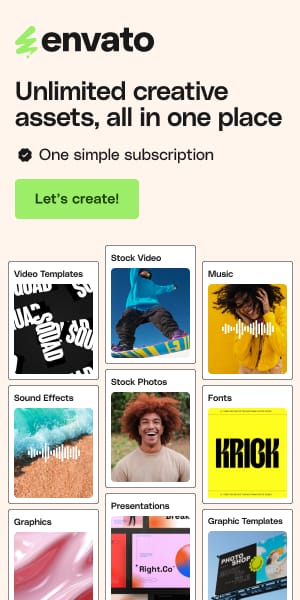Cybersecurity Red Flags That Designers Encounter Daily
Collaborating remotely and working with digital assets is just another part of graphic designers’ and creatives’ daily routine. However, relying on digital tools exposes designers to various cybersecurity risks that could put their projects, assets, and sensitive client information in danger. Recognizing certain cybersecurity red flags early on is important so your work and client data are always secure.
Here are common threats designers face:
Phishing Attempts Through Email and Messaging Apps

Phishing attempts are dangerous and, unfortunately, more common than ever. More than 90% of cyber attacks start with a phishing email. Scammers, under the disguise of clients, suppliers, or popular software platforms, lure designers to click on malicious links or download infected files. These types of attacks usually work because they encourage you to act fast.
Red Flags :
- Emails from unfamiliar or slightly changed domains, such as “[email protected]” instead of “[email protected].”
- Urgent requests that require immediate action, such as “click here to confirm” or “download now to avoid suspension.”
- Attachments or links that seem unrelated to the current project.
Malware Embedded in Design Software or Plugins

Sometimes, designers might download new software updates, plugins, and files that contain malware. These downloads can contain malicious code. Cybercriminals take advantage of the code to access sensitive information or cause system malfunctions.
Red Flags :
- Prompts directing you to “free” or cracked versions of popular software, which may contain malware.
- Permission requests for access to system files or network settings.
- Unusual software behavior like lags, crashes, or popping toolbars.
Insecure File Sharing and Unencrypted Connections

Collaborative design work is mostly done remotely today, therefore graphic designers constantly share files online. You should keep in mind that using unencrypted file-sharing methods or public Wi-Fi’s pose a significant risk for data interception.
Red Flags :
- Unprotected file-sharing links, especially from public file-sharing services, without password protection.
- File-sharing prompts that redirect to unfamiliar websites.
- Public Wi-Fi networks without additional encryption.
Suspicious File Formats and Unusual Extensions
Designers deal with many file formats, including PSD, AI, JPG, and PDF. If you’re receiving files with sketchy or foreign extensions that you don’t recognize, avoid opening them. For example, malware often spreads with certain file types, such as EXE or SCR.
Red Flags :
- Files with executable extensions (i.e., EXE, VBS) that are generally not used in design work.
- Files with very little information or with no context.
- A collection of multiple executable files zipped into files pretending to be images or documents.
Cloud Storage Vulnerabilities
Cloud storage is convenient, but it’s also a privacy risk when configured incorrectly. Without proper settings, unauthorized users could access shared links or even specific files.
Red Flags :
- Files or folders that are set to “Anyone with the link can access.”
- Shared links with expiration dates and without password protection.
- Unusual access notifications indicating new login attempts into your accounts.
Practical Tips for Protecting Your Digital Assets

Without proper security and precautions, your work and reputation can be compromised instantly. Here are essential steps to ensure their protection:
Use a VPN with a File Checker
A virtual private network (VPN) is necessary to protect your connection when you work from home or use public Wi-Fi. It encrypts your internet traffic and masks your IP address, making it difficult for hackers to steal your data. This is very important when using open networks to connect to cloud platforms, file-sharing services, or client communications. Pair your VPN with a file checker to scan any incoming files, whether from clients or online resources. A file checker will scan the files for malware or viruses. It adds an extra layer of protection before you open or download anything onto your devices. A VPN with a file checker ensures that both your internet connection and file integrity remain safe.
Use Two-Factor Authentication (2FA)
Most cloud storage and collaboration platforms support two-factor authentication. It’s an additional level of security beyond your password. Logging in with 2FA requires your password, plus a second verification step, like a code sent to your phone. In other words, it becomes a lot harder for an unauthorized user to get into your accounts, even if they somehow breach your password.
Download Design Resources from Trusted Sources
There are plenty of design assets online, from fonts and plugins to stock photos that designers download, but how safe are they? Downloading from unverified websites or “cracked” versions of software can lead to a malware infection. Always use trusted platforms like Adobe, Envato, and Google Fonts to upload your files. These platforms have very strict security checks in place.
Safety Unleashes Creativity
Integrating security measures into your daily routine can be a life changer. It will keep your digital life safe and let you focus on creative work without worrying about cybersecurity threats.




